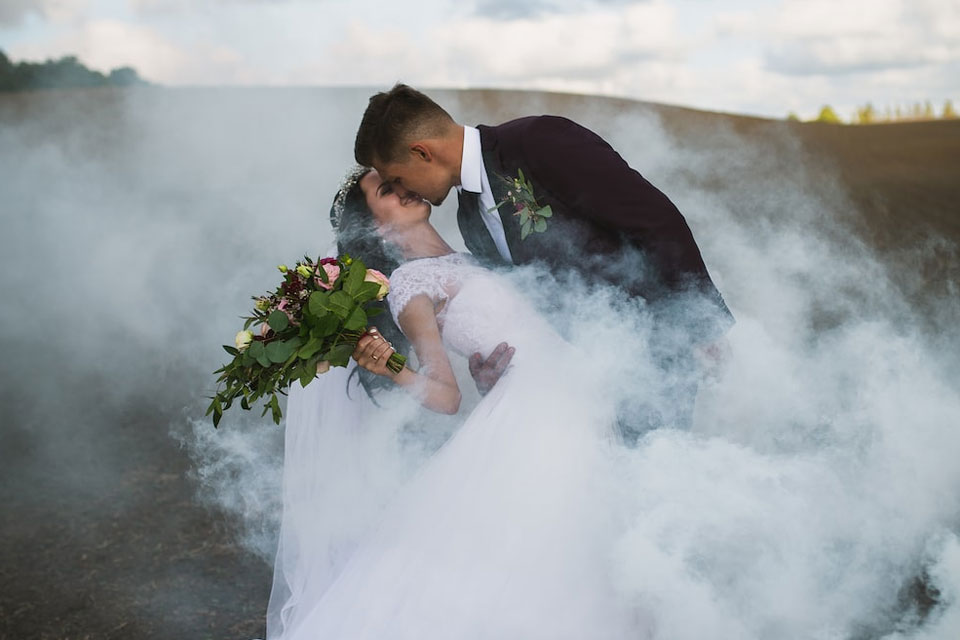The impact, judging by the feedback, has been tremendous. They are nightmarish, powerful, all-encompassing. People can see that they are not snaps. These are the type of photos that make you feel, and that is the skill of a photojournalist who understands the tenets of photojournalism.
Sometimes, that consideration can push an image too far. In 2015, a significant number of entries (20%) were disqualified from the World Press Photo competition for excessive manipulation and post-processing.
The 2019 World Press Photo top prize went to John Moore of Getty Images for his capture of a simple image, devastating in its natural depiction of a Honduran toddler crying as she and her mother were taken into custody by US border officials in Texas.
The 2019 World Press Photo of the year shows the importance of proximity. EPA/John Moore
The winning photo is framed at the height of the small child, while her mother and the official’s figures are cut at waist height. We can see the child’s emotional reaction to the events unfolding at the adult level above her.
Stop, look, read
In photojournalism, the proximity of the photographer to the event is key. Robert Capa, the photojournalist who founded Magnum Photos in 1947 with Henri Cartier-Bresson, David Seymour, George Rodger and William Vandivert, famously said “if your pictures aren’t good enough, you’re not close enough”.
Capa was so close to crisis that it cost him his life in 1954 when, at age 40, he stepped on a landmine while on assignment for Life in Northern Vietnam.
The task of the professional photojournalist — to distil a crisis artfully in an image that makes us stop, look and read — has never been more difficult. Exposure to images has reached unprecedented levels, while our trust in news has declined.
The proportion of Australians avoiding news increased from 57% in 2017 to 62% in 2019, and 28% say they are worn out by the volume of news. Meanwhile, social media analysts report 9,442,000 Instagram users in Australia in 2019, accounting for 37.2% of the country’s population.
The Red Cross bushfire appeal recently encouraged people to share images of the Burnt Christmas Tree on social media.
Sharing, caring
Viewing images on Instagram offers a different, though linked, perspective to the photojournalist.
As the devastating bushfires ravage parts of New South Wales and Queensland, “ordinary” people are sharing, viewing, commenting on and “liking” images of the crisis engulfing the state.
Captured on smart phones, images posted on Instagram still frame the event as spectacle but from a different point of view. Proximity is still key, but it is gained via a different path. And the path images take to reach us is also different.
Have accusations of fake news caused us to turn away from traditional news sources? Shutterstock
On Facebook and Twitter, news sharing from faceless sources is deemed responsible for the spread of fake news. Instagram (though owned by Facebook) is designed primarily so that images provide information. Caption plays a supporting role only.
Amateurs take the images and they are people we mostly know, or feel like we know, and follow on social media.
As Waleed Aly noted in response to photos on Facebook of the London Bridge attack in 2017, “images can be weaponised to evoke and reinforce existing narratives, confirm prejudices and galvanise a sense of shared outrage.”
A social stage
The algorithmic bubble that drives our social media feed exposes us to images and sentiments that mirror our own. But increasingly, the public is suspicious of “spin” in news and images of crisis transmitted to us through news outlets that are owned by those with political biases, special interests and powers.
Researchers in Finland who studied issues of trustworthiness in amateur images in newspapers versus professional images, found that people tended to trust amateur ones more than the professional.
The amateur snaps were imbued with authenticity and a lack of vested interests associated with news corporations.
That same authenticity might be available to us via Instagram, ironically the natural home of colour filters, selfies and silicon enhancements.
According to sociologist and social media theorist Nathan Jurgenson, the ontology of the “social photo” — the fundamentals of its reason for being — is sharing.
“Social photos are not primarily about making media but about sharing eyes,” he writes.
Images shared among friends and followers fuel a “social process” as catalysts for dialogue. Like the newspaper once did, Instagram offers a communal conversation.
While Instagram is a brand that carries a slick aesthetic, the feature of sharing and commenting creates a collective cultural archive. News photography can affect change, but our responses to these images have reportedly dimmed as we become inured to images of children like three-year-old Alan Kurdi caught up in the refugee crisis.



